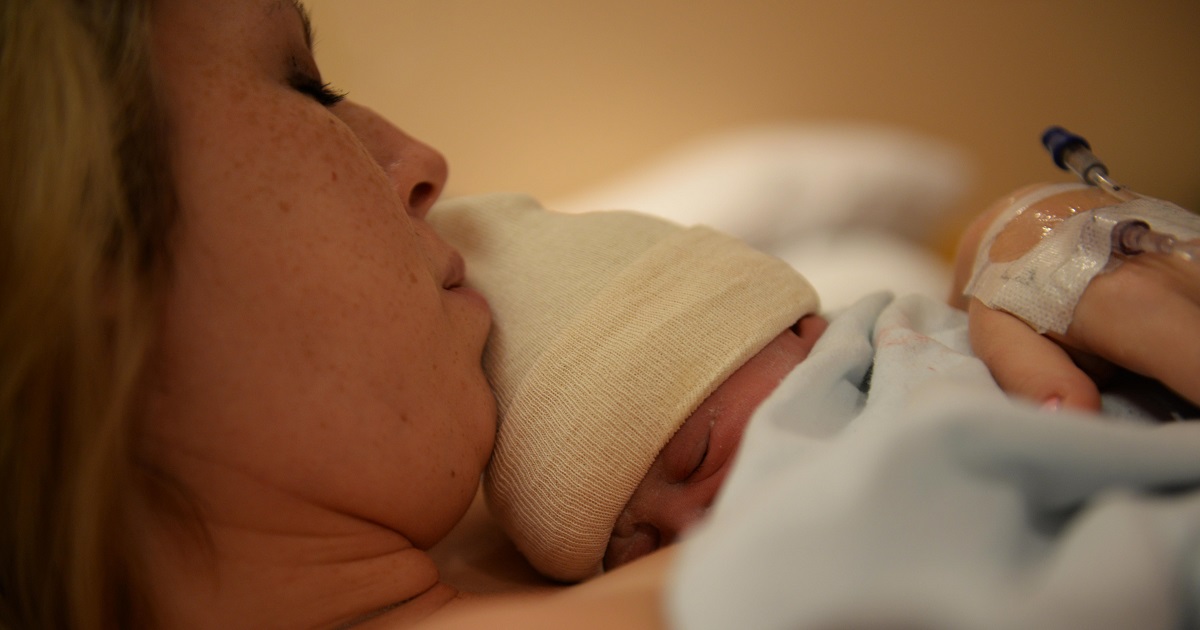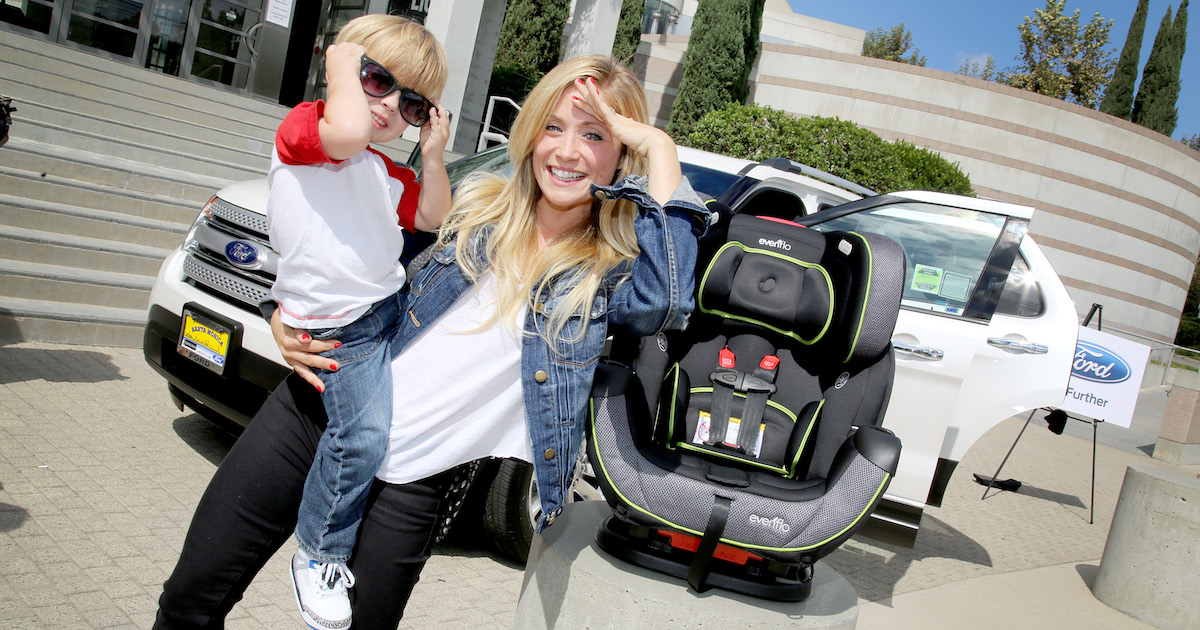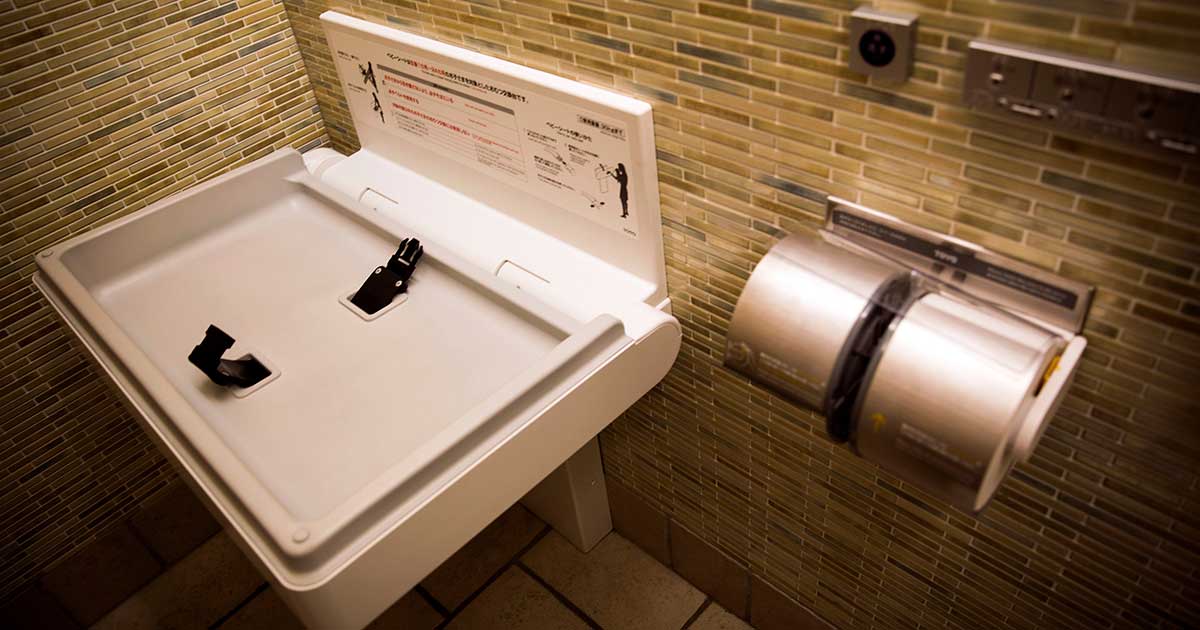Advertisement
Lifestyle
Skin-to-Skin Benefits New Moms (and Dads) Should Know About
By
Jenni D'Alton
4 min read
- # baby care
- # bonding
- # brain development
Advertisement - Continue reading below

If you’re a fan of cuddling, we have good news! Skin-to-skin contact is one of the best ways you can bond with your newborn. Also known as kangaroo care, skin-to-skin contact involves placing your baby, who is naked except for a diaper, against the bare chest of a parent. Ideally, skin-to- skin contact should begin immediately after your baby’s birth and continue for the next three months (doctors recommend six months for preemies).
After each session, which should be at least an hour in length, your baby will be snoozing in no time! Here are just eight of the many reasons you should be scheduling skin-to-skin contact with your baby.

It can reduce postpartum depression.
Research suggests that skin-to-skin contact immediately following birth may reduce — or even entirely ward off — postpartum depression. There is a strength of emotion associated with holding, snuggling, smelling, kissing, and nursing your baby after birth that helps to stimulate intricate hormonal patterns that reinforce a maternal instinct and natural mothering behaviors. If these close interactions with her baby is lacking, a mother can tend to criticize her abilities as a mother, inducing stress, grief, or guilt. It’s the best route to try before medication (and free!)
It helps bonding for both the mother and the father.
Similar to the benefit above, being physically close to your baby supports an emotional closeness, too. For a baby, skin-to-skin contact helps fulfill the need for human contact; the touching releases the hormone oxytocin (a.k.a. the “love” hormone) in the mother, which encourages the feeling of well-being and relaxation, in turn promoting mother-baby attachment. Fathers, too, should get involved — after watching mom and baby bond for 42 weeks, it’s no surprise that new dads may feel a little left behind! Dads can hold their baby in skin-to-skin contact while moms recovers from the birth.
It accelerates the baby’s brain development.
Skin-to-skin contact is a multi-sensory experience. Holding the baby on mom’s (or dad’s) skin increases the development of essential neural pathways that accelerate brain maturation. On top of that, research shows that kangaroo’ed babies spend more time in quiet sleep, which enhances organizational patterns in the brain and decreases baby’s stress responses.
It helps to regulate a baby’s temperature.
Within minutes of being held skin to skin, mom’s breasts automatically adjust to cool or warm a baby in response to what the baby needs. However, while a woman’s breast tissue regulates a baby’s temperature, and can either cool or heat, a man’s breast tissue only heats the baby. Therefore, Dad needs to pay particular attention to overheating. For that reason, it is suggested that dads only hold baboes skin to skin for 60 minutes at a time.

It helps the baby breathe better.
By laying on its mother’s or father’s heart, a baby can get a sense of breathing patterns and learn to synchronize his or hers to yours. Because their systems are immature, babies sometimes temporarily stop breathing and/or have slowed heart rates, so they use you for inspiration. How moving is that?
Babies will cry less …
… And sleep more! A study in the journal Pediatrics reported that skin-to-skin contact for as little as three hours a day can reduce infant crying by 43 percent. This means a whole lot off mommy and daddy’s plates, too, because it allows for new parents to get more rest. Skin-to-skin contact helps infants fall asleep more easily and for longer, so a quiet house all round is in order after a session of kangaroo care. More importantly than a little quiet, development of mature brain function in infants depends on the quality of their sleep.

It boosts a baby’s immune system.
Skin-to-skin contact helps a baby’s digestive system mature as it stimulates the vagus nerve, which will increase the size of the villi in the newborn gut, improving the absorption of nutrition. There is also less chance of infection because babies given kangaroo mother care receive the bacteria on their mother’s own skin, which means her milk will produce the antibodies they need to fight this bacteria.
It has miraculous effects on preemies.
In 2010, twins Emily and Jamie Ogg were born prematurely at just 27 weeks. Jamie was unable to breathe, and after failing to revive him, the doctors broke the world-shattering news to mother Kate and father David. Jamie’s mom instinctually insisted on holding him against her bare chest for a first and final time, but, in the midst of chatting to her barely responsive infant, Jamie opened his eyes. Jamie isn’t the only miraculous example of the benefits skin-to-skin contact. In a study conducted in the town where kangaroo care was first practiced, preemie mortality rates dropped from 70% to 30%.
If you’re a new mom, have you heard about kangaroo care before? If this isn’t your first rodeo, did you practice skin-to-skin contact with your previous babies? We’d love to know, and don’t forget to SHARE this tip with other moms (and dads) to be!
Advertisement - Continue reading below










